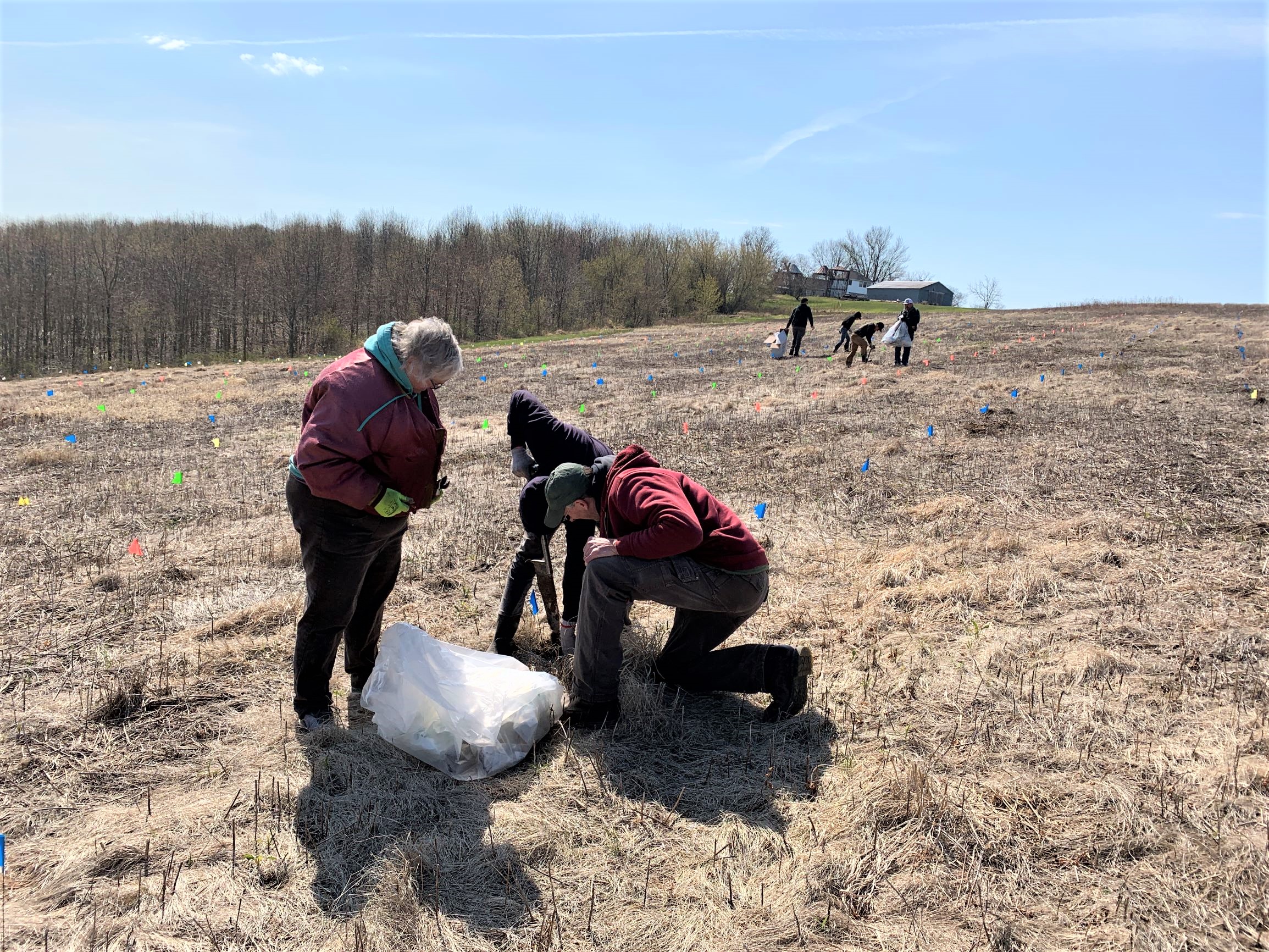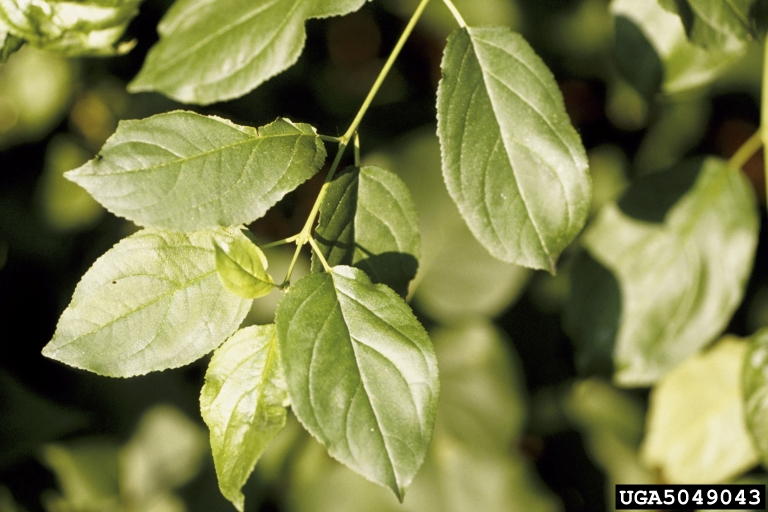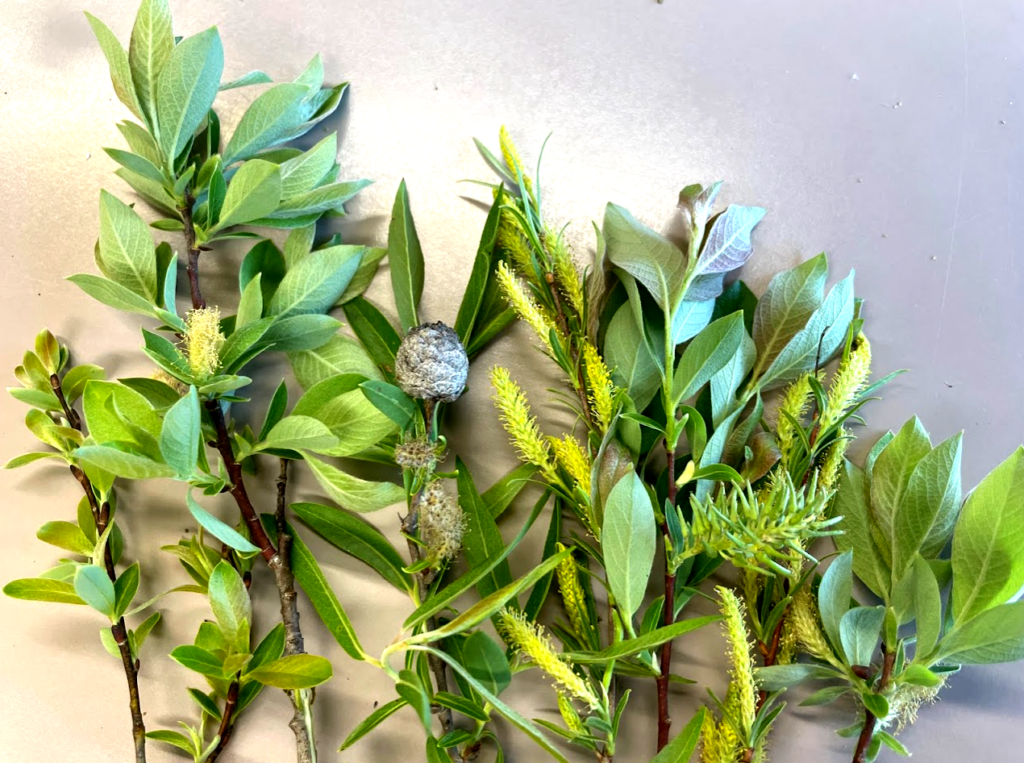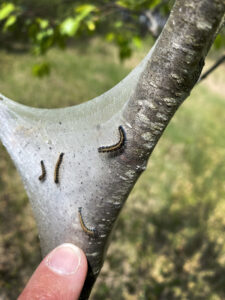
DNR reforestation team leader Joe Vande Hey assists his crew with planting white oak seedlings on a plot in Prairie du Chien.
In the fall of 2021, the Wisconsin Department of Natural Resources (DNR) reforestation team, along with their forestry peers and seasoned seed collectors, were tasked with collecting acorns from the best white oaks across the state as part of the ongoing efforts of the White Oak Initiative, a coalition working on the long-term sustainability of white oak for habitat, recreational activities and industries using oak for forest products.
In total, 39 half-gallon samples of white oak acorns were collected in Wisconsin and part of Iowa. The acorns were processed at Wisconsin state nurseries in late 2021, then shipped to the White Oak Genetics and Tree Improvement Program (WOGTIP) at the University of Kentucky in partnership with the White Oak Initiative.
Prime white oak acorns were collected from a total of 17 states participating in a white oak progeny test implemented by WOGTIP. This research aims to create genetically improved white oak seed orchards across the eastern U.S., including Wisconsin. These high-performing seed orchards will provide a reliable, known source of superior white oak seed for use in forest products industries, such as whiskey distilleries.
Continue reading “The Power Of Progeny: White Oak Initiative”

 Applications for Urban Forestry Grants are opening soon!
Applications for Urban Forestry Grants are opening soon!
 Expand your restoration skillsets by getting past the Genus Salix to further your understanding of willow species identification, their habitat needs and their importance for pollinators. Follow Zach Khron and Matt Smith into off-trail areas of Riveredge’s uncommon habitats to find willow populations, identify at the species level and discuss management. We will start our day in the lab to review herbarium specimens and end it in the field.
Expand your restoration skillsets by getting past the Genus Salix to further your understanding of willow species identification, their habitat needs and their importance for pollinators. Follow Zach Khron and Matt Smith into off-trail areas of Riveredge’s uncommon habitats to find willow populations, identify at the species level and discuss management. We will start our day in the lab to review herbarium specimens and end it in the field. The city of Madison is happy to announce Ian Brown as the new City of Madison Forester.
The city of Madison is happy to announce Ian Brown as the new City of Madison Forester.


